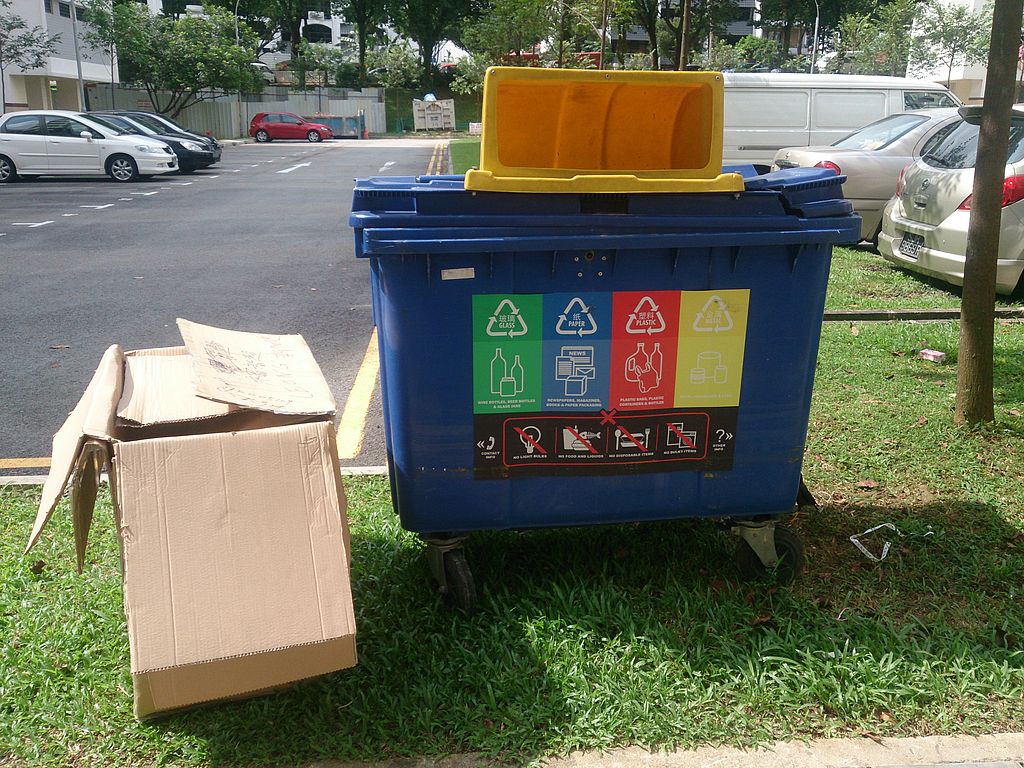Days after an Australian man was charged over the death of a delivery driver who was hit by a falling wine bottle, the government released figures on the number of high-rise littering cases reported to the National Environment Agency (NEA) in the past three years.
Senior Minister of State for Environment and Water Resources Amy Khor said in response to questions posed to her in parliament today that more than 7,700 reports of high-rise littering were logged between 2016 and 2018. However, not all of the culprits were caught, Khor said.
While neglecting to give specific figures on citations handed out for the 2016-18 timeframe, Khor dug back even deeper to reveal that Singapore has caught just 2,200 high-rise litterbug offenders dating all the way back to August 2012.
The latest figures were revealed after Australian Andrew Gosling was charged on Friday over the death of 73-year-old Nasiari Sunee, who had been spending time with his family at the barbecue area of the Spottiswoode 18 condominium when a glass bottle fell from the building and struck him on the head.
Four members of parliament posed questions to Khor today, generally asking about the trend of high-rise littering in the country and how the government plans to resolve the problem.
According to Khor, the NEA in 2012 first deployed CCTV cameras to catch offenders in action, and depends on stiff penalties to deter litterbugs. First-time offenders can be fined up to S$2,000 (about US$1,436) while subsequent offenders can be fined up to S$10,000 or commit to several hours of Corrective Work Order (CWO), during which they clean up Singapore’s public property like gardens or even beaches in lieu of the fines. Of that 2,200-person figure noted above, 52 were identified as repeat offenders.
Solving litter cases can be time-consuming too, according to Khor, who told that investigations into littering cases generally take up 10 weeks to six months, from officers assessing feedback from the public, to interviewing witnesses, to going on stakeouts, to examining surveillance footage to find the culprit.
Other than trash flying out of high-rises, authorities are also tackling the indiscriminate disposal of bulky items like furniture in public places, with 2,700 cases in the past year, Khor said. For 2018, the total number of littering cases, high-rise and otherwise, was about 26,000, she added.
Despite all these measures, parliamentary member Lee Bee Wah, who was among those posing questions today, remained skeptical over the effectiveness of the NEA’s measures and suggested a review of its processes.
Lee said that littering remains prevalent for many years in the housing estates of the Nee Soon Constituency, which she represents, despite the use of CCTV. At one point, Lee said she had to reach out to authorities herself to ask them to look through their footage so as to identify four culprits behind some of the littering cases.
Some of the littering issues affecting the Nee Soon area included sanitary pads being thrown out of high-rise HDB apartments (eew!), according to Lee.
Said Lee: “Until today, it is still not solved, and why? Because NEA (only) deploys CCTV for a few days. And then (the) problem persists.”
Lee managed to weave a little deadpan humor into her statement, sending laughter across the parliament house.
“Actually, if you have targeted an ambition to catch the culprit, I’m sure you will be able to catch. Otherwise, this problem will only disappear when the litterbug (goes through) menopause,” she quipped.
Turns out the authority did take the sanitary pad issue seriously, but ran into problems trying to solve it due to the lack of information received and the limitations of surveillance cameras.
In response to Lee, Khor said: “For the case of the sanitary pad issue that you talked about for a specific block in Yishun, the information given to us was just a picture, a photo of the sanitary pad, with no other information about where it’s likely to come from and so on, and therefore, for very high blocks, it is very hard (to find).”
She added: “Because the cameras do have a limit as to how many floors they can catch.”
Related stories:
Australian national arrested in death of Tanjong Pagar man killed by falling wine bottle





Reader Interactions